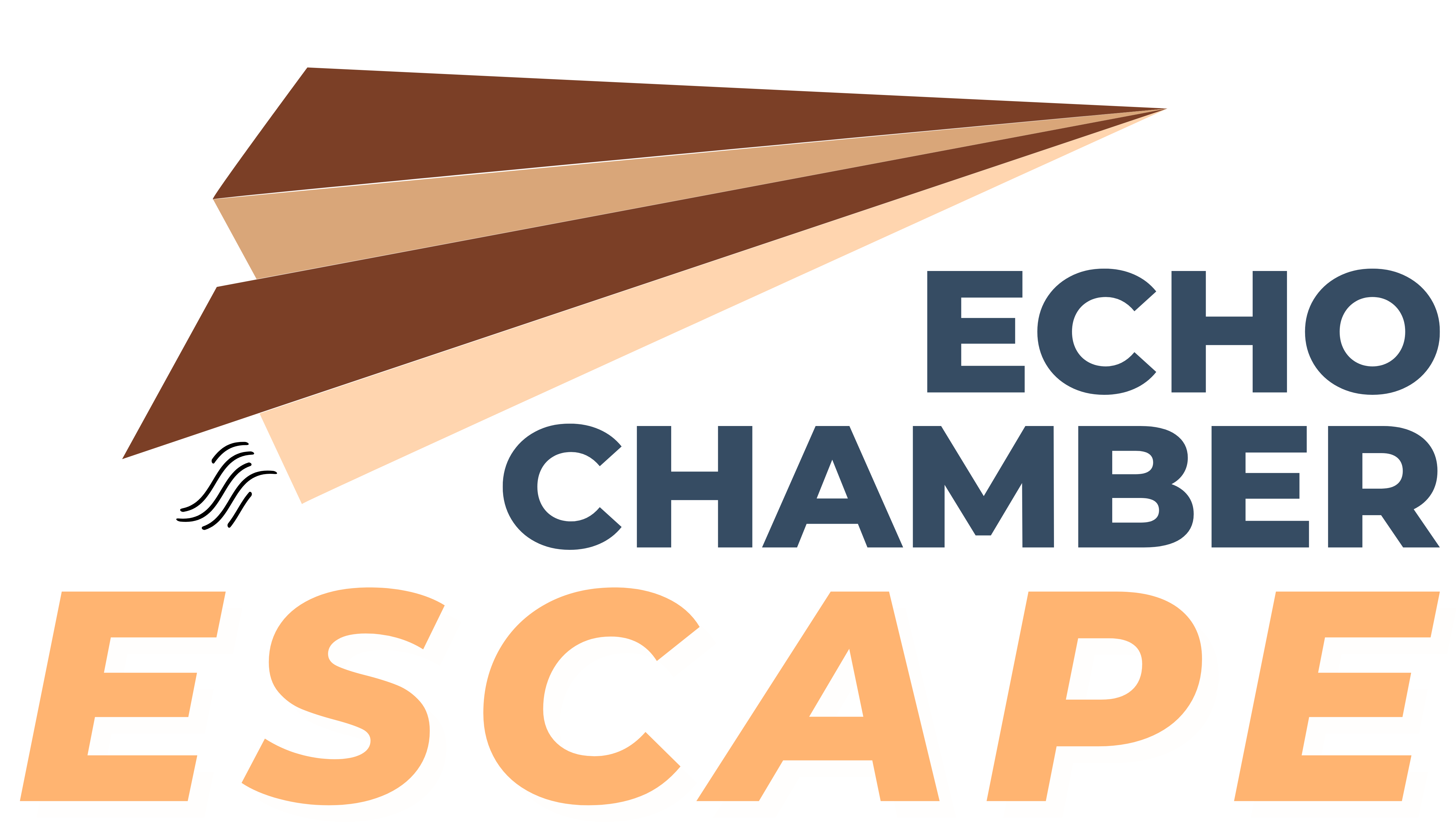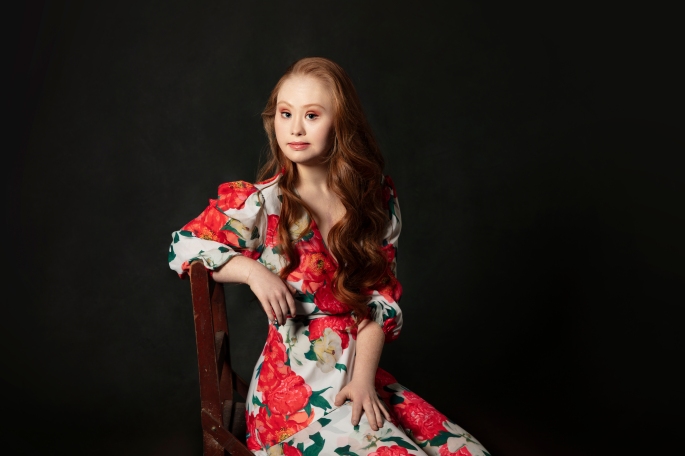Madeline Stuart is a game changer.
After deciding she wanted a career on the catwalk, her first photo shoot went viral, and she has never looked back. With the support of her mother, Rosanne Stuart, Madeline has embarked on an incredible career in the spotlight, and has used her very public platform to advocate for diversity and empower the disability community.
In this interview, Madeline shares her career journey so far, and how she sees the representation of people with disabilities evolving.
- When you told your mum at the age of 17 that you wanted to be a model, what was going through your mind at that time?
I was at a fashion show. I had just seen the models on the catwalk for the first time. I was in awe of their beauty and confidence, they looked like they were having so much fun and everyone was watching them walk. I wanted to be up there, I wanted everyone to be looking at me like that. No one had ever looked at me like that, I don’t think anyone had ever seen me like that, except my mum of course. I wanted everyone to see that people with disabilities were beautiful too.
- What stood out to you about a career in modelling?
I think it was just the catwalk, it has always been about the catwalk for me, I wanted to represent my community, I wanted to change the world and I thought to be up there walking was the first step.
- Has your modelling career turned out as you had anticipated?
Oh my god, no way, I never dreamt I would ever have the opportunities I have had, I feel so blessed to have been able to travel the world, to be able to educate people on disabilities, to meet the most amazing people. I really will be eternally grateful to everyone who has supported me on my journey.
- Have there been any surprises along the way?
Yes so many surprises, so many things to learn, so many things to be changed. I think the biggest surprise to me was the way different countries relate to disabilities and how people with disabilities are treated.
I always talk about my time in Uganda. We went there after a Pastor reached out to us for help. He had a young girl with Down Syndrome living in his village who was in danger. In Uganda there is not a word for disability – people do not understand what down syndrome is, they think people with disabilities are a curse, that they will bring bad luck to the villages so they kill them.
We went to Uganda to educate people that down syndrome was perfectly natural and nothing to be scared about. We travelled the country and 50 families brought their children out of hiding, children that had never seen the sunshine before. It was one of the most amazing experiences of my life. Uganda is just one country that we had the privilege to visit and every country is different.
- With more people with disabilities appearing on catwalks, do you believe the modelling industry has truly become an open and inviting space for anyone and everyone?
I think the industry is heading in the right direction, I think we have come a very long way, you now see a lot of campaigns with people with disabilities, you also see a lot more models on the catwalk or in magazines with disabilities but I still believe it has a long way to go.
- In your view, are people with disabilities ‘visible’ enough in society? Why or why not?
If you look at statistics, 1 in 5 people have a disability so 1 in 5 people we see on the catwalk, on tv or in magazines should also have a disability of some kind. We live in the real world at a time where people want to feel accepted and want to accept. I do honestly believe we are only at the start of our journey, of the journey to an inclusive world and with time the world will change and people will feel included.
- What is the biggest challenge you’ve faced in your modelling career? How have you overcome it?
The biggest challenge that I have had to face in being recognised as a professional and financially compensated as one. Unfortunately a lot of people feel if they include people with a disability on the catwalk or in a campaign that is payment enough and also a lot of parents and carers do not expect the young person they are caring for or advocating for needs to be paid – they are so use to them being excluded, being invisible to society.
I was lucky. My manager never let me work for free, she educated people that like everyone else I needed to be paid, that I was valuable to their company and with time things have slowly changed and now people always expect to pay me.
- What’s your advice to other aspiring models who may feel they don’t fit the stereotypical ‘look’ of a model?
Don’t give up, believe in yourself but also be realistic. It will be a lot of hard work and there will be a lot of rejection, also just because someone says no does not mean you are not good enough, it just means you are not what they are looking for this time.
Also remember that just because you have a disability does not mean you can do all sorts of work. One of the reasons I have been successful is because I am sample size so I can go to any catwalk and fit into the clothes, if you are a plus size model than go to casting calls for show that are for plus size models, if you are under 16 go to casting calls for kids or tweens and most importantly if you are over 18 only do shows for adults. I have so many designers that do childrenswear ask me to model as I look very young for my age but I never walk in a show for Children or tweens as I am an adult.
About the expert
Madeline’s modelling career began just over four years ago when she attended her first photo shoot and then posted the photos to a public figure Facebook page with the help of her mother Rosanne Stuart and they clearly spoke for themselves. Overnight the post went viral. Madeline’s social media numbers grew, the photo was viewed over 7.2 million times which resulted in her hitting global headlines with publications in Iceland, Germany, the US, Australia, Mexico, Cuba and the UK picking up her story. Within weeks Madeline was receiving offers to model and walk at the world’s most prestigious fashion events.
Since then, Madeline has walked in over 100 fashion shows across the globe, frequently walking on the official Fashion Circuit including; New York Fashion Week for the past 8 seasons, London Fashion Week, Paris Fashion Week, Mercedes Benz Fashion Week China, Astrakhan Fashion week Russia Runway Dubai and many more. She has built herself a credible platform to promote the brands she is working with. With over a million followers across her social media platforms, and a readership of over 50 billion. Madeline’s core audience is young women between 18-44, a demographic that she believes will benefit greatly from the achievements and inspiration she provides.
Website: http://www.madelinestuartmodel.com
Image description: Professional photo of a Caucasian woman sitting on a chair, looking at the camera. She has long, red, wavy hair and wears a red and white floral dress. The photo’s background is black.


